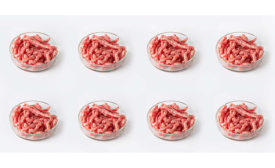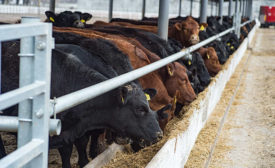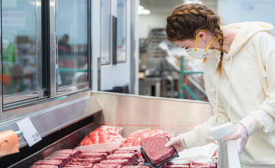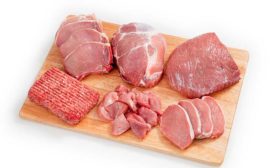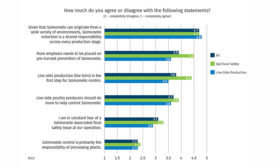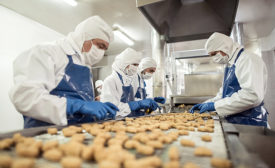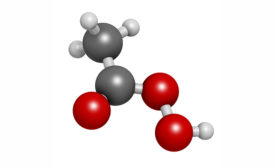Home » foodborne illnesses
Articles Tagged with ''foodborne illnesses''
Tech | Processing
Tailor-made inventions for food safety
A multi-hurdle approach to pre-harvest interventions can be uniquely designed to meet each operation’s needs.
Read More
2020 Food Safety Report | Supplier's Perspective | Poultry
The state of Salmonella interventions in poultry
Read More2020 Food Safety Report | Science & Technology
The chemistry of peracetic acid
March 9, 2020
2020 Food Safety Report | Consultants Corner
Many small victories = 1 safe supply chain
The food-safety system in the U.S. works, if companies use the tools and innovations properly to protect consumers … and themselves.
Read More
Stay ahead of the curve. Unlock a dose of cutting-edge insights.
Receive our premium content directly to your inbox.
SIGN-UP TODAYCopyright ©2024. All Rights Reserved BNP Media.
Design, CMS, Hosting & Web Development :: ePublishing
